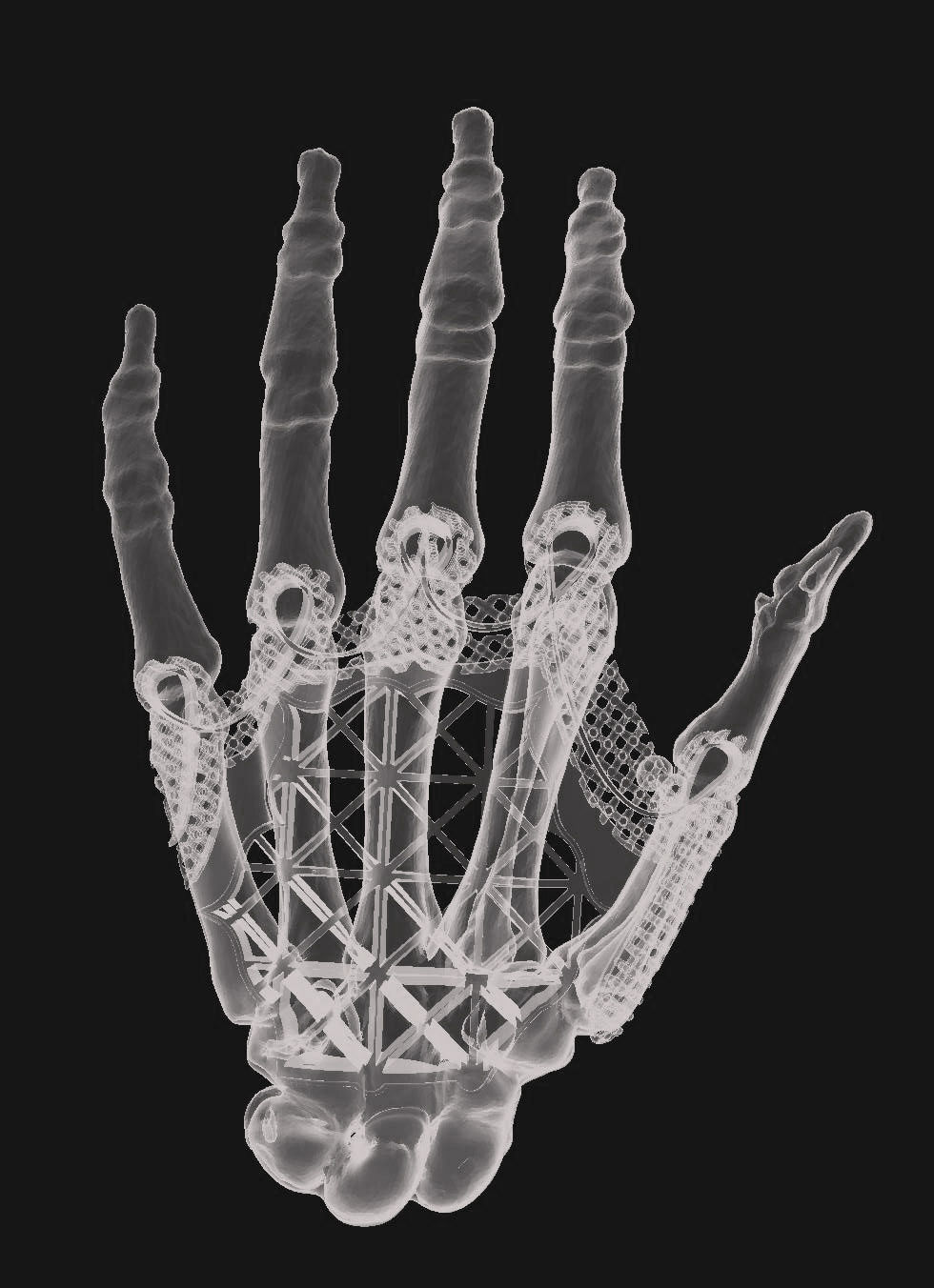Solid oxide cells (SOCs) can operate with high efficiency in two ways—as fuel cells, oxidizing a fuel to produce electricity, and as electrolysis cells, electrolysing water to produce hydrogen and oxygen gases. Ideally, SOCs should perform well, be durable and be inexpensive, but there are often competitive tensions, meaning that, for example, performance is achieved at the expense of durability. SOCs consist of porous...
Tag Archives: cells
Dual targeting of p53 and c-MYC selectively eliminates leukaemic stem cells
Chronic myeloid leukaemia (CML) arises after transformation of a haemopoietic stem cell (HSC) by the protein-tyrosine kinase BCR–ABL. Direct inhibition of BCR–ABL kinase has revolutionized disease management, but fails to eradicate leukaemic stem cells (LSCs), which maintain CML. LSCs are independent of BCR–ABL for survival, providing a rationale for identifying and targeting kinase-independent pathways. Here we show—using proteomics, transcriptomics and network analyses—that in human...
Systemic RNA delivery to dendritic cells exploits antiviral defence for cancer immunotherapy
Lymphoid organs, in which antigen presenting cells (APCs) are in close proximity to T cells, are the ideal microenvironment for efficient priming and amplification of T-cell responses. However, the systemic delivery of vaccine antigens into dendritic cells (DCs) is hampered by various technical challenges. Here we show that DCs can be targeted precisely and effectively in vivo using intravenously administered RNA-lipoplexes (RNA-LPX) based on...
Systemic RNA delivery to dendritic cells exploits antiviral defence for cancer immunotherapy
Lymphoid organs, in which antigen presenting cells (APCs) are in close proximity to T cells, are the ideal microenvironment for efficient priming and amplification of T-cell responses. However, the systemic delivery of vaccine antigens into dendritic cells (DCs) is hampered by various technical challenges. Here we show that DCs can be targeted precisely and effectively in vivo using intravenously administered RNA-lipoplexes (RNA-LPX) based on...
An artist is growing a hand out of human stem cells

Strongly correlated perovskite fuel cells
Fuel cells convert chemical energy directly into electrical energy with high efficiencies and environmental benefits, as compared with traditional heat engines. Yttria-stabilized zirconia is perhaps the material with the most potential as an electrolyte in solid oxide fuel cells (SOFCs), owing to its stability and near-unity ionic transference number. Although there exist materials with superior ionic conductivity, they are often limited by their ability to...
Strongly correlated perovskite fuel cells
Fuel cells convert chemical energy directly into electrical energy with high efficiencies and environmental benefits, as compared with traditional heat engines. Yttria-stabilized zirconia is perhaps the material with the most potential as an electrolyte in solid oxide fuel cells (SOFCs), owing to its stability and near-unity ionic transference number. Although there exist materials with superior ionic conductivity, they are often limited by their ability to...
AVM Biotechnology raising $17.5M to improve safety and delivery of stem cells
 Seattle-based AVM Biotechnology is raising more cash for its technology that helps improve stem cell delivery.
Seattle-based AVM Biotechnology is raising more cash for its technology that helps improve stem cell delivery.
AVM executive Michael Kuran confirmed an SEC filing that shows the company in the process of raising a $ 17.5 million round, but wouldn’t provide further details about investors or how...
EBI2 augments Tfh cell fate by promoting interaction with IL-2-quenching dendritic cells
T follicular helper (Tfh) cells are a subset of T cells carrying the CD4 antigen; they are important in supporting plasma cell and germinal centre responses. The initial induction of Tfh cell properties occurs within the first few days after activation by antigen recognition on dendritic cells, although how dendritic cells promote this cell-fate decision is not fully understood. Moreover, although Tfh cells are...
Noncanonical autophagy inhibits the autoinflammatory, lupus-like response to dying cells
Defects in clearance of dying cells have been proposed to underlie the pathogenesis of systemic lupus erythematosus (SLE). Mice lacking molecules associated with dying cell clearance develop SLE-like disease, and phagocytes from patients with SLE often display defective clearance and increased inflammatory cytokine production when exposed to dying cells in vitro. Previously, we and others described a form of noncanonical autophagy known as LC3-associated...


